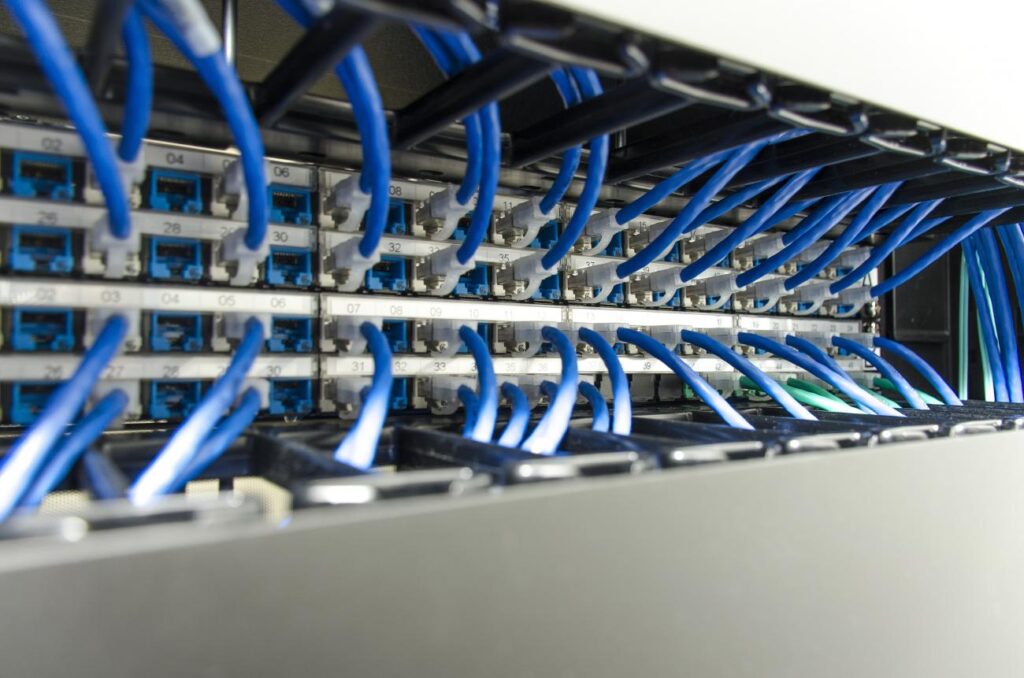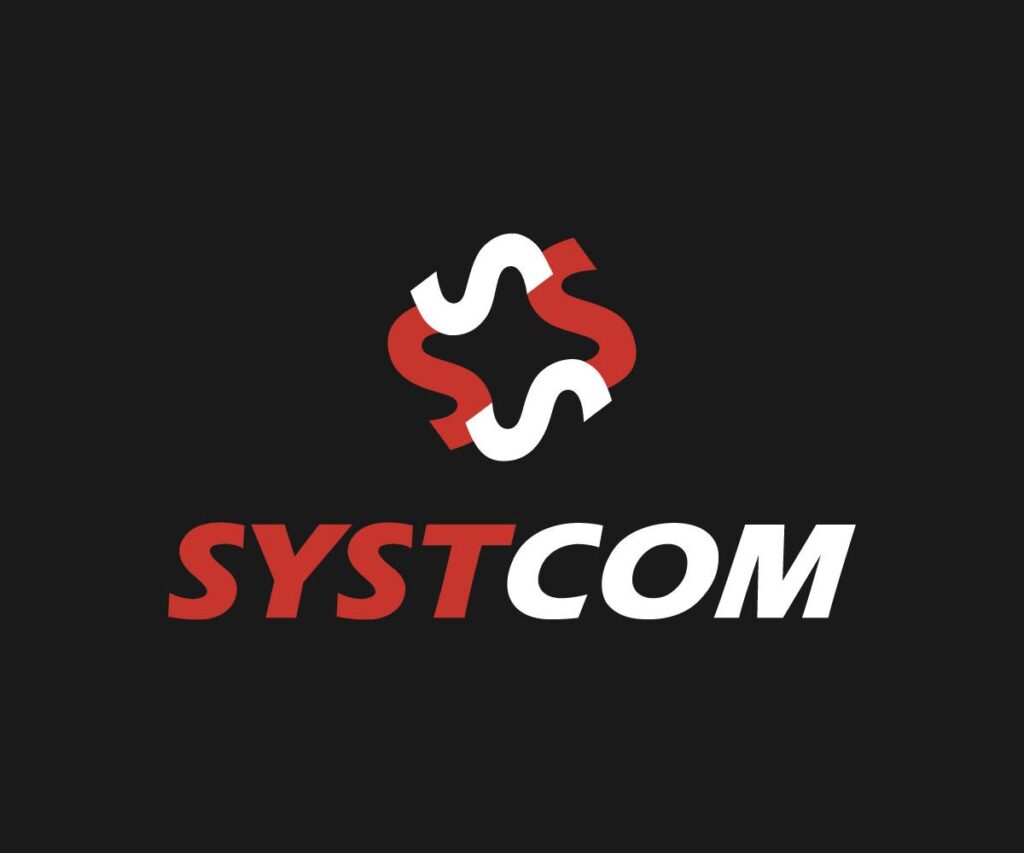Your office technology is only as reliable as the infrastructure behind it, and that starts with your cabling. As your business grows, you’ll likely add new employees, expand digital tools, and increase bandwidth usage. Without the right cabling in place, these changes can strain your network, slow down productivity, or require costly rework.
That’s why future-proofing your office cabling isn’t just a smart IT move—it’s a smart business move.
In this article, we’ll explain what future-proofing means in the context of low-voltage cabling and outline practical strategies to make sure your office is ready for what’s next.
What Does “Future-Proofing” Really Mean?
Future-proofing isn’t about predicting the exact technology your business will use five years from now. It’s about designing a cabling infrastructure that can support scalable, high-performance systems, so your network can grow without starting over.
This often includes:
- Using higher-grade cables that exceed current speed requirements
- Installing more cabling than you currently need (spare capacity)
- Designing cable pathways and spaces with flexibility in mind
- Leaving room for power and data convergence (e.g., PoE devices)
It’s easier and more cost-effective to build flexibility into your cabling system from the start than to rip and replace wiring every time your technology changes.
Signs Your Office Cabling May Not Be Ready for Growth
Many business owners and facility managers don’t think about cabling until a problem arises. But there are some early signs that your infrastructure may already be behind the curve:
- You’re experiencing slow or inconsistent internet connectivity
- Employees are frequently disconnected from VoIP phones or video calls
- You’re planning a move, remodel, or office expansion
- You’re adding new devices, such as wireless access points, cameras, or smart boards
- Your IT team is constantly juggling patch cables or adding temporary fixes
If any of these sound familiar, it’s time to assess whether your cabling can handle your current and future demands.
Key Strategies to Future-Proof Your Office Cabling
1. Install Higher-Category Cabling (Think Beyond the Minimum)
Instead of just installing Cat5e or basic Cat6 cable, consider Cat6a or even Cat7. These cables support higher speeds and greater bandwidth, ideal for modern applications like cloud computing, video conferencing, and IoT (Internet of Things) devices.
Even if your current devices don’t need that level of performance today, they likely will in the near future.
2. Plan for Extra Capacity
Don’t just install the exact number of drops you need right now. Build in spare runs and consider redundant paths. This is especially important in conference rooms, shared workspaces, and areas where technology is likely to evolve.
Running extra cable during construction or renovation is far more affordable than doing it after walls are sealed or furniture is in place.
3. Use Structured Cabling Principles
Structured cabling is an organized, standards-based approach to wiring your space. It ensures every component, i.e., cables, patch panels, racks, trays, etc. is part of a unified system that can be easily maintained and scaled.
A clean, well-documented, structured cabling system is faster to troubleshoot and much easier to expand as your needs grow.
4. Design with Power Over Ethernet (PoE) in Mind
Power over Ethernet allows you to power devices like VoIP phones, cameras, and access points directly through your network cabling. As PoE becomes more widespread, your infrastructure needs to be rated to support it without overheating or signal loss.
5. Leave Room for Emerging Technology
With smart offices, automation systems, and remote monitoring becoming more common, it’s smart to future-proof for technologies that aren’t even mainstream yet. That means providing adequate cable trays, conduit space, and data closet ventilation to support new devices as they become part of your network.
How Systcom Helps Businesses Plan Ahead
At Systcom, we work with growing businesses, IT leaders, and project managers to create network infrastructures that are built to last. Our low-voltage cabling designs balance performance, scalability, and cost-effectiveness so you’re not paying for things you don’t need, but you’re also not boxed in when it’s time to expand.
Our services include:
- Site assessments and network planning
- Recommendations on cable types and quantities
- Structured cabling layouts and documentation
- Coordination with IT teams, architects, and contractors
- Installation, testing, and long-term support
Whether you’re planning an office renovation or just want to ensure your network can support your goals, we can help you make informed decisions about your cabling strategy.
Get Ahead of Tomorrow’s Technology
Your office cabling is the foundation of your connectivity. Investing in future-ready infrastructure today can save your business thousands of dollars and weeks of disruption down the road.
Contact Systcom to schedule a consultation and see how we can help you build a network that’s ready for growth.


